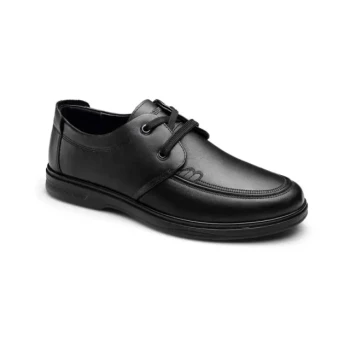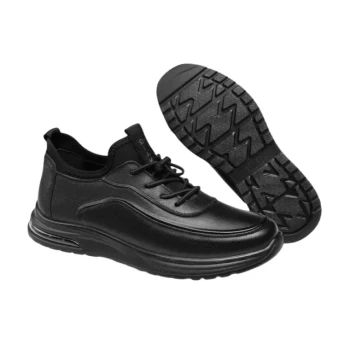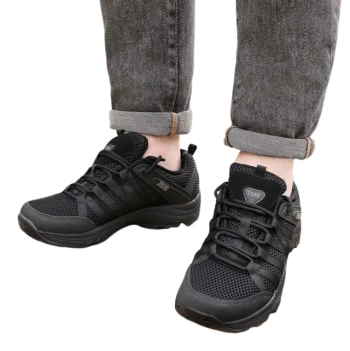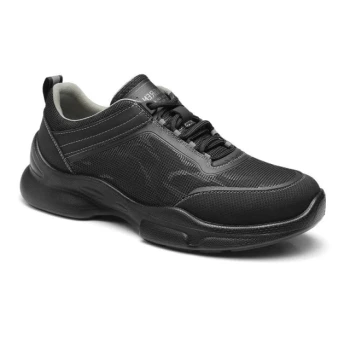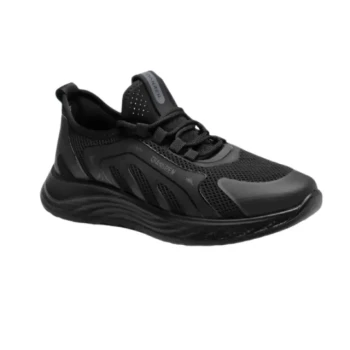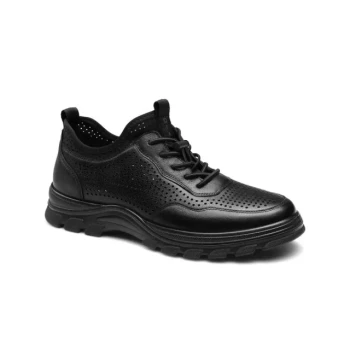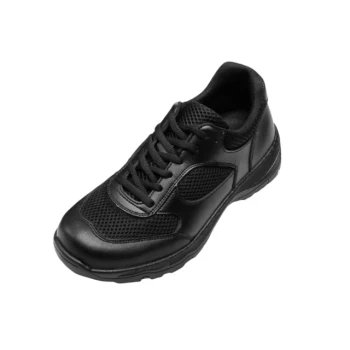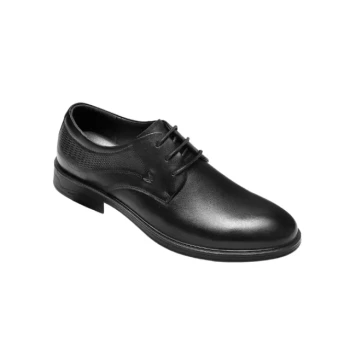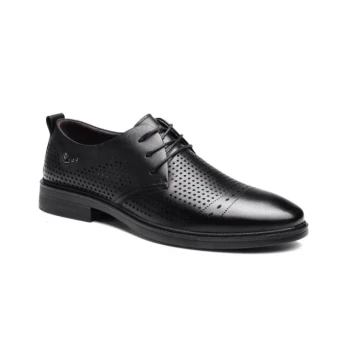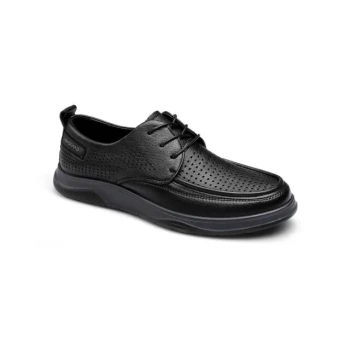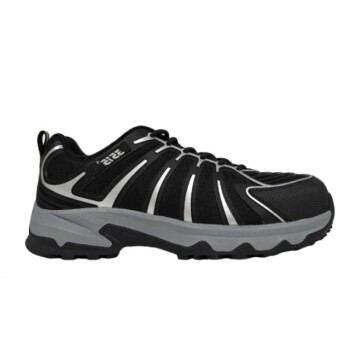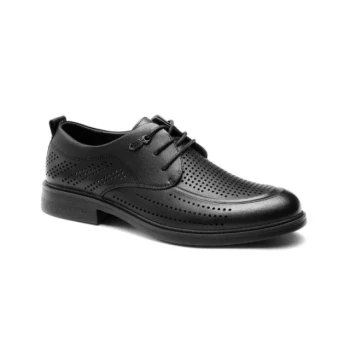The most important thing to know about the term "genuine leather" is that it is often misleading. While it does mean the product is made from real animal hide, it typically refers to one of the lowest grades of leather available. It is not a sign of high quality or luxury.
The term "genuine leather" is a source of significant confusion. It is technically real leather, but it represents a lower-quality grade made from leftover scraps, which lacks the durability and character of premium options like full-grain leather.

What "Genuine Leather" Actually Means
The label "genuine leather" can be interpreted in two ways, one technical and one as a general marketing term. Understanding both is key to making an informed purchase.
The Technical Grade
From a technical standpoint, genuine leather is a specific grade. It is made from the layers of the hide that remain after the top, higher-quality layers are split off for full-grain and top-grain leathers.
These leftover scraps are often bonded together with adhesives. The surface is then heavily processed, sanded, and stamped with an artificial grain pattern to mimic the look of higher-quality leather.
The Vague Marketing Claim
In many contexts, manufacturers use "genuine leather" simply to differentiate their product from synthetic materials like PU leather or "pleather."
It’s a broad, catch-all term that confirms the material is not fake. However, it intentionally avoids specifying the actual quality, which is almost never premium.
How Genuine Leather Compares to Higher Grades
To understand the value of genuine leather, it's best to see it within the hierarchy of leather quality.
Full-Grain Leather: The Gold Standard
Full-grain leather is the highest quality available. It comes from the top layer of the hide and includes the complete, natural grain.
This makes it exceptionally strong, durable, and breathable. Over time, it develops a rich and unique patina, a characteristic highly prized in quality footwear.
Genuine Leather: The Entry Level
In contrast, genuine leather has no natural grain. Its surface is artificial and its structure is weaker due to being composed of bonded scraps.
While it can look good initially, it does not develop a patina and is far more susceptible to wear, cracking, and damage from heavy use.
Understanding the Trade-offs
Choosing genuine leather involves a clear compromise between cost and long-term performance.
The Primary Advantage: Affordability
The main reason to choose genuine leather is its lower price point. It provides the look and feel of real leather for a fraction of the cost of full-grain options.
The Major Drawback: Durability and Longevity
Genuine leather will not withstand the same level of stress or last as long as higher-grade leathers. For shoes intended for daily or rugged wear, this lack of durability is a significant downside.
The Appearance Factor
While functional, genuine leather lacks the unique character of full-grain. The artificial grain is uniform and does not age gracefully. It will wear out rather than wear in.
Fit and Maintenance
Like other leathers, genuine leather can mold to the shape of your foot over time, offering a customized fit. However, it still requires proper care to maintain its appearance and prevent premature drying or cracking.
Making the Right Choice for Your Shoes
Your final decision should be based on your budget, intended use, and long-term expectations.
- If your primary focus is maximum durability and a lifetime investment: Choose shoes made from full-grain leather, as they offer unparalleled strength and character.
- If your primary focus is budget and occasional, light wear: Genuine leather can be a perfectly acceptable and economical choice.
- If your primary focus is a specific style for a specific context: Consider other types, such as suede for a softer look or patent leather for formal occasions.
Ultimately, understanding leather grades empowers you to see past marketing terms and invest in the quality that truly meets your needs.
Summary Table:
| Leather Grade | Quality | Durability | Key Characteristic |
|---|---|---|---|
| Full-Grain | Highest | Excellent | Natural grain, develops patina, strongest |
| Genuine Leather | Lowest | Poor | Bonded scraps, artificial grain, less durable |
Don't compromise on quality for your footwear line. As a large-scale manufacturer, 3515 produces a comprehensive range of durable footwear using premium materials for distributors, brand owners, and bulk clients. Our expertise ensures you get the right leather grade for your market's needs.
Contact our team today to discuss your production requirements.
Visual Guide
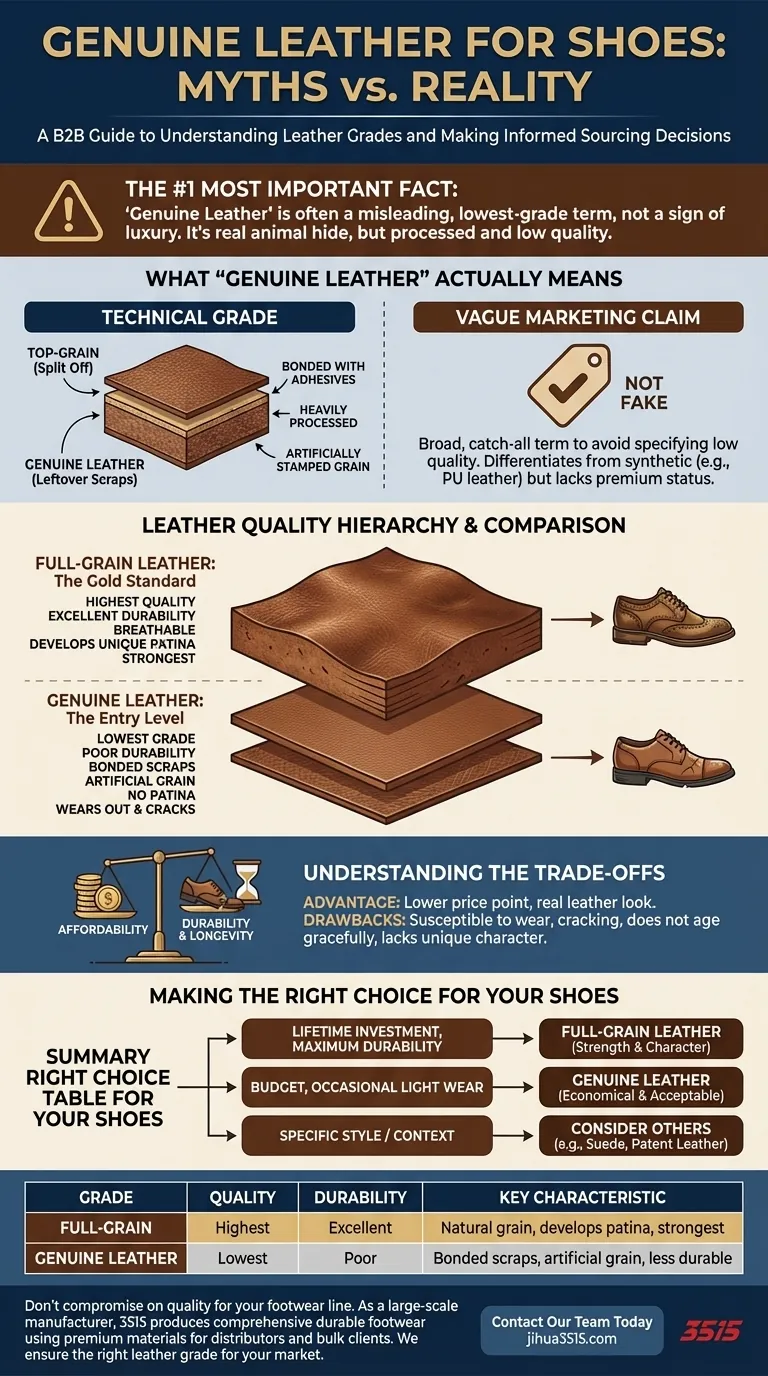
Related Products
- Factory Direct Wholesale Leather Comfort Shoes with Dial Closure
- Wholesale Comfort Leather Business Shoes with Dial Lacing System
- Wholesale Leather Apron Toe Derby Shoes Custom Factory Production
- Custom Manufactured Air Cushion Leather Business Shoes for Wholesale
- Wholesale Leather Derby Shoes Manufacturer | Customizable Business & Dress Footwear
People Also Ask
- How should business casual shoes be maintained? A Proactive System for Longevity & Style
- How can one identify authentic leather footwear? A Guide to Spotting Genuine vs. Fake
- What should be avoided when choosing business casual shoes? Avoid These Common Style Mistakes
- What is the importance of understanding different types of leather for shoes? A Guide to Quality & Durability
- How does top-grain leather differ from full-grain? Choose the Right Leather for Your Products


